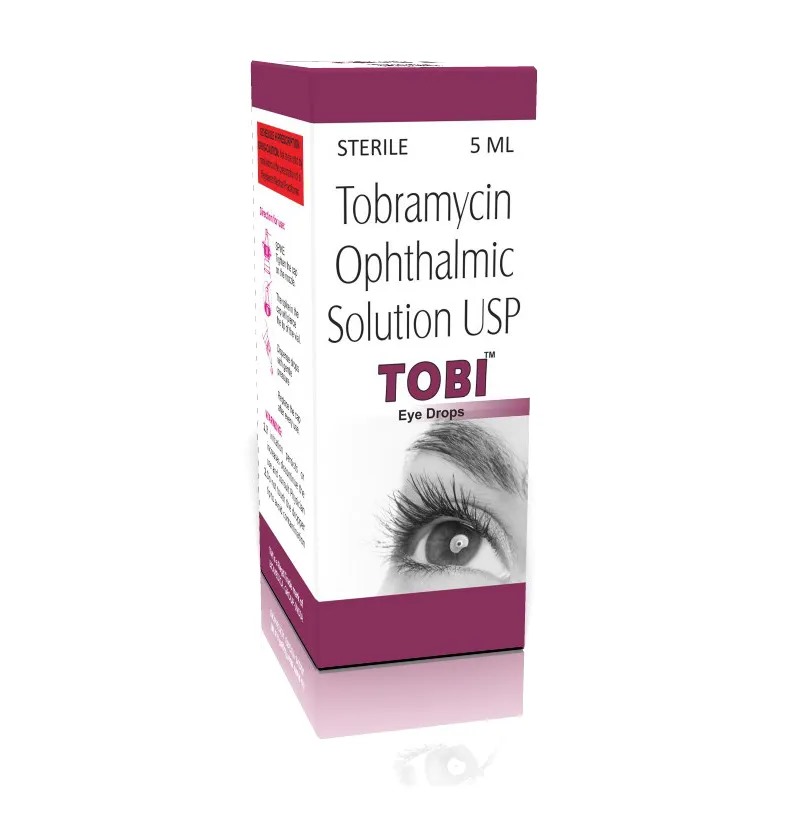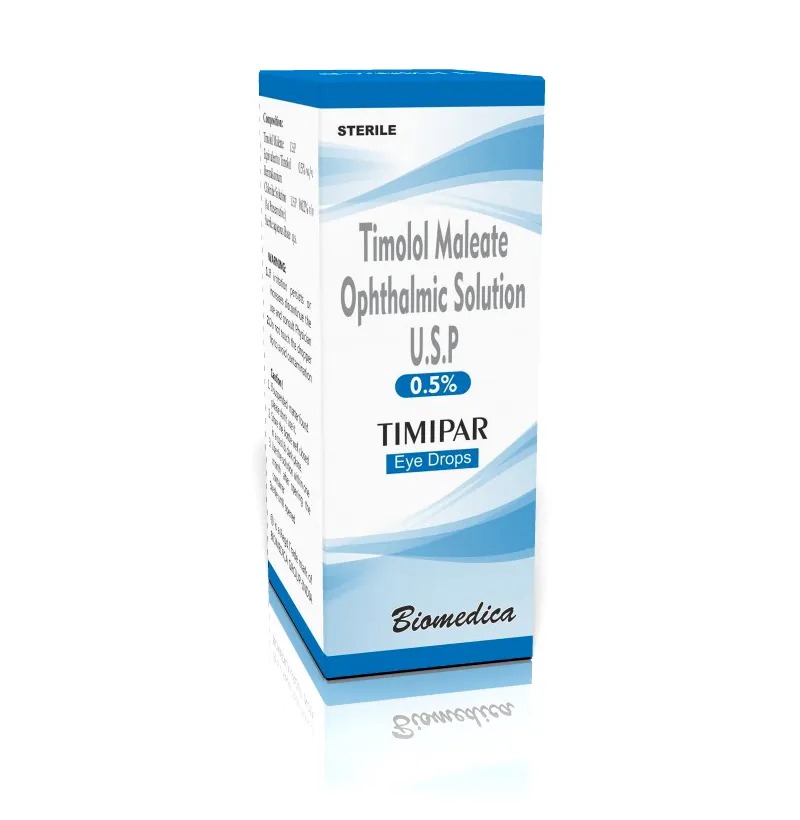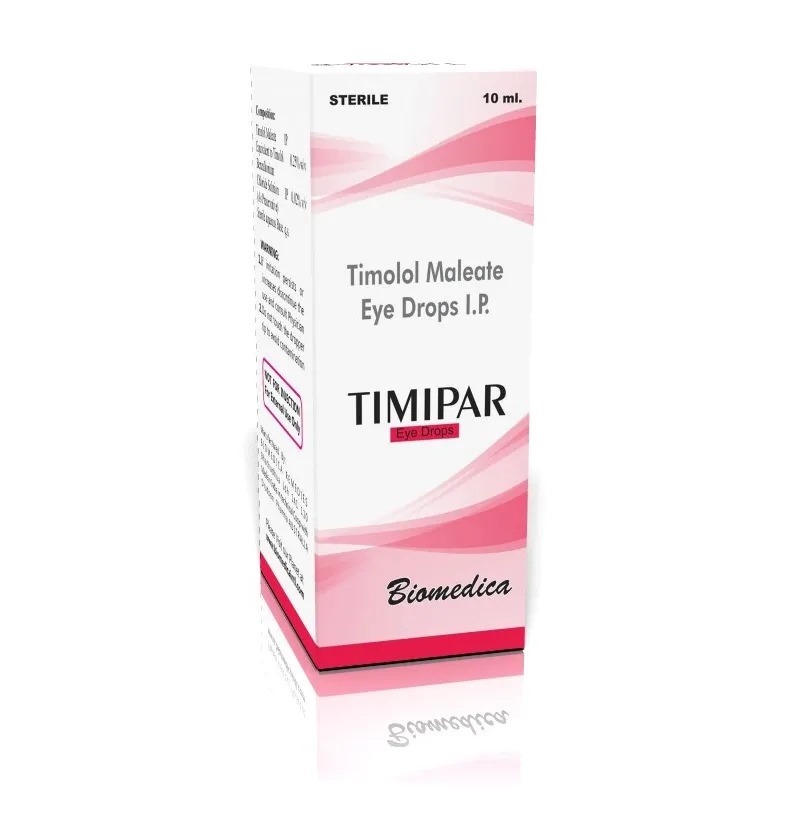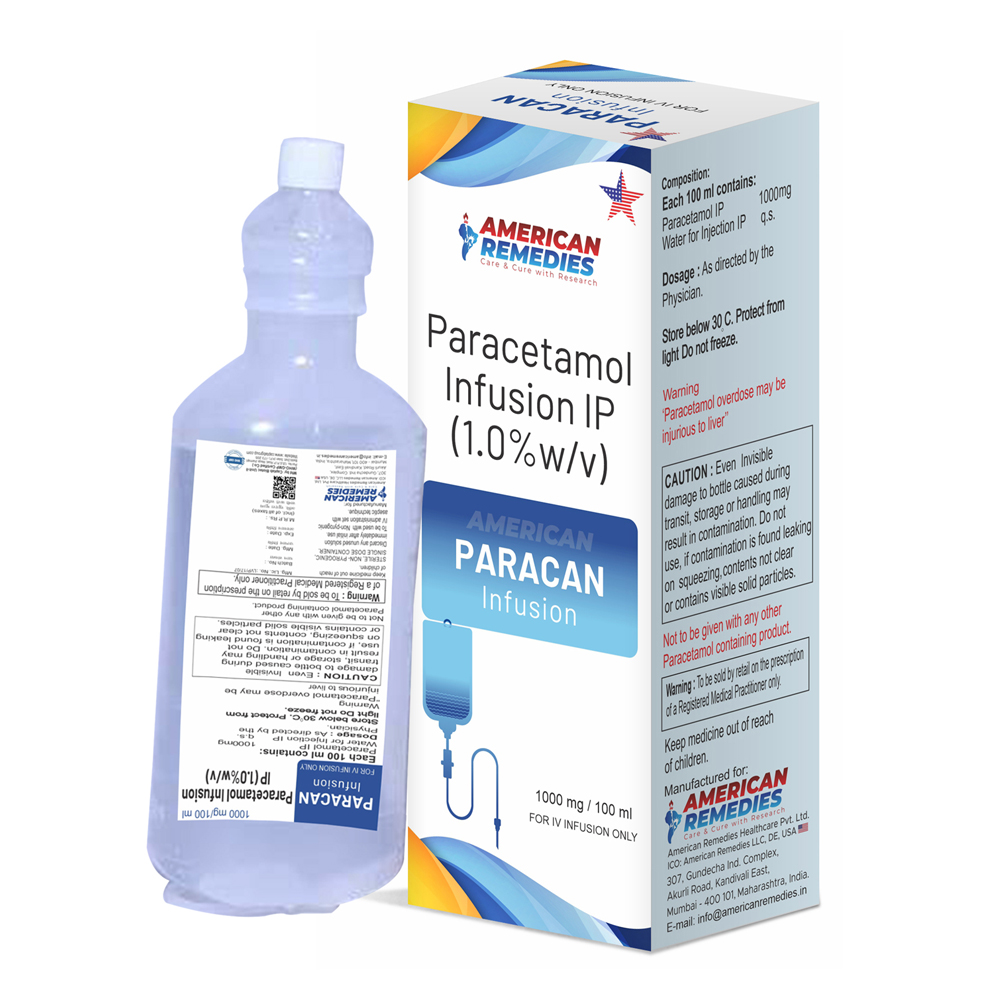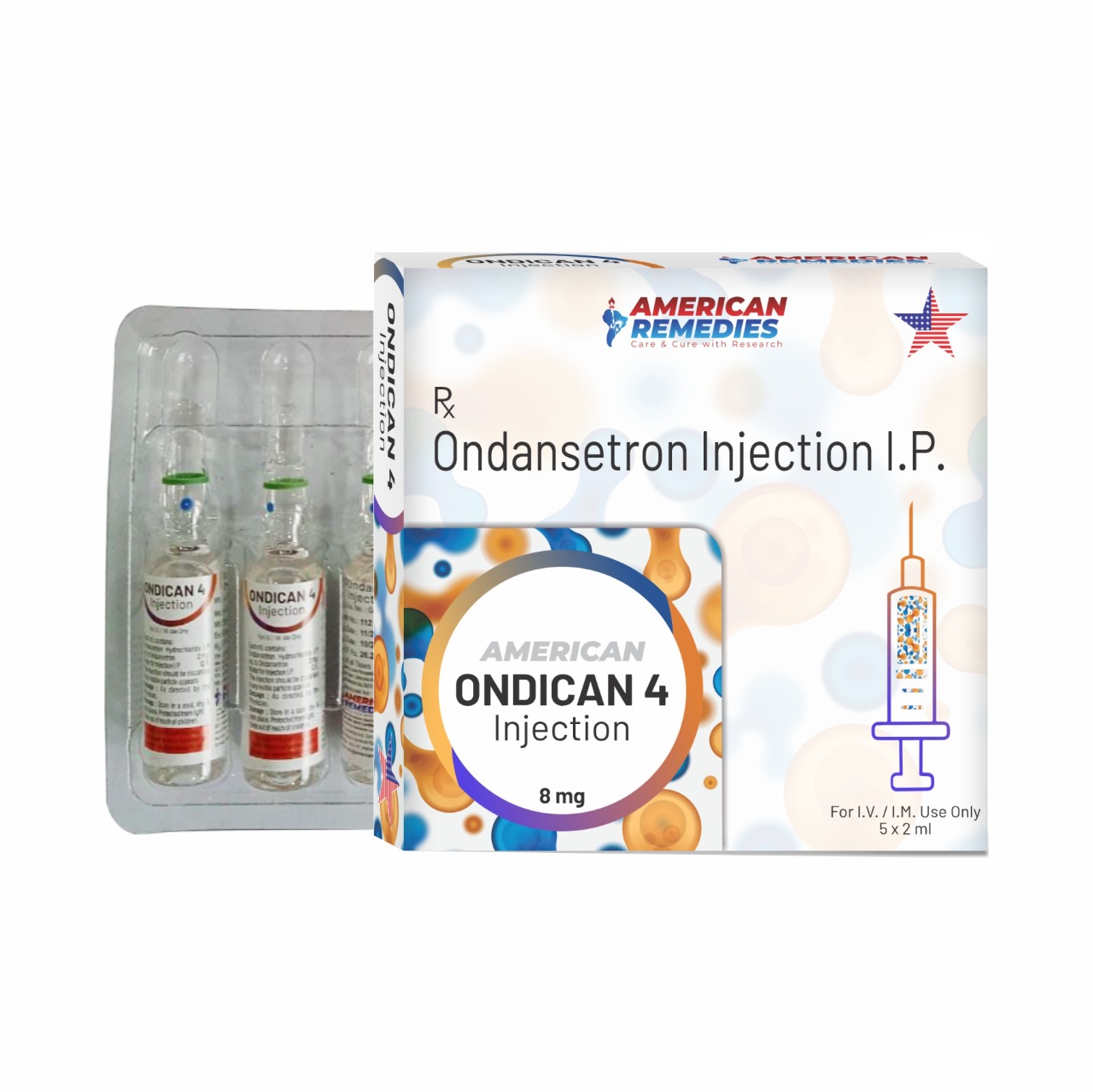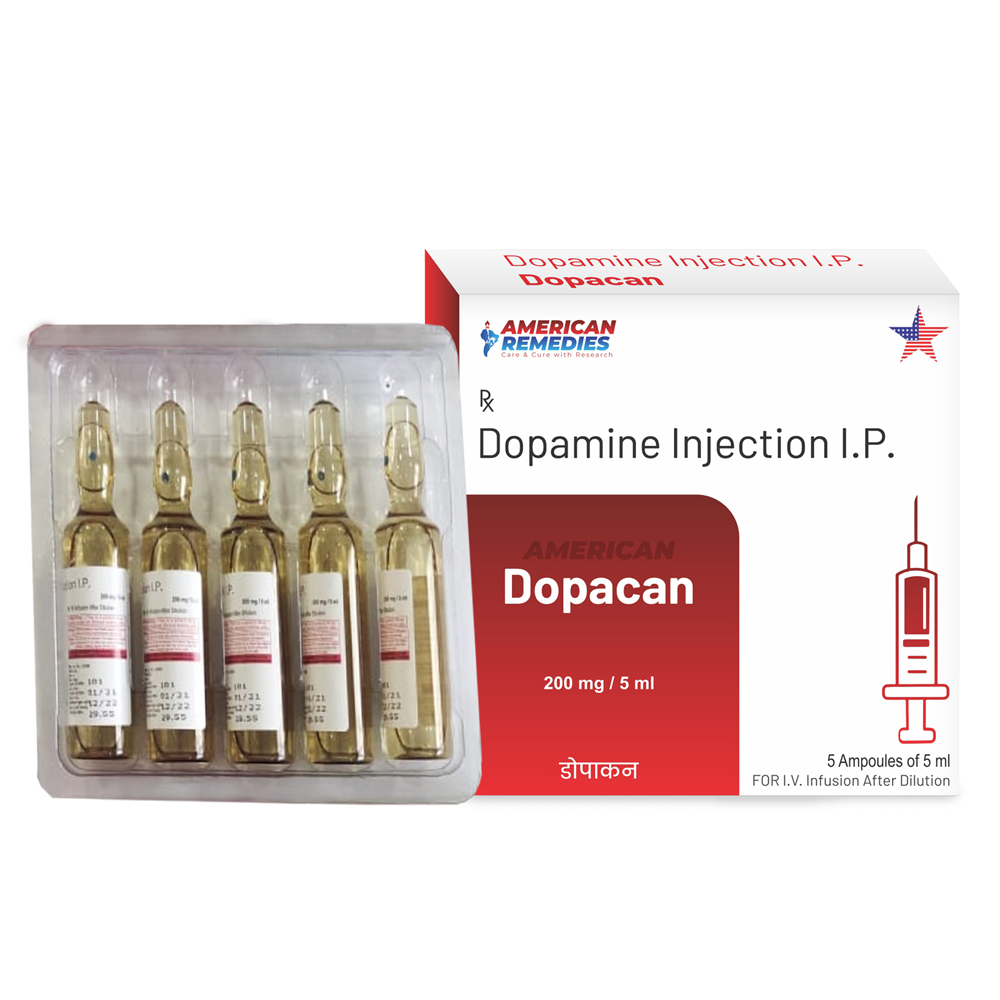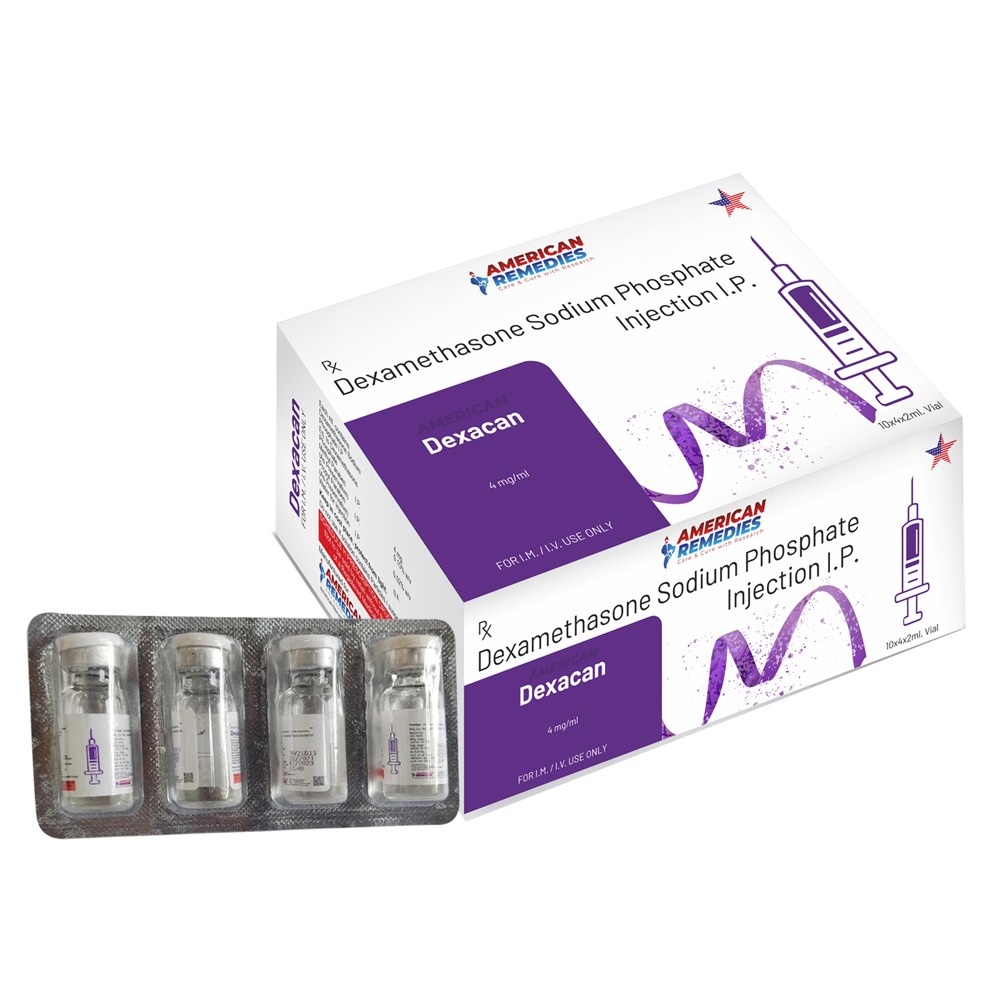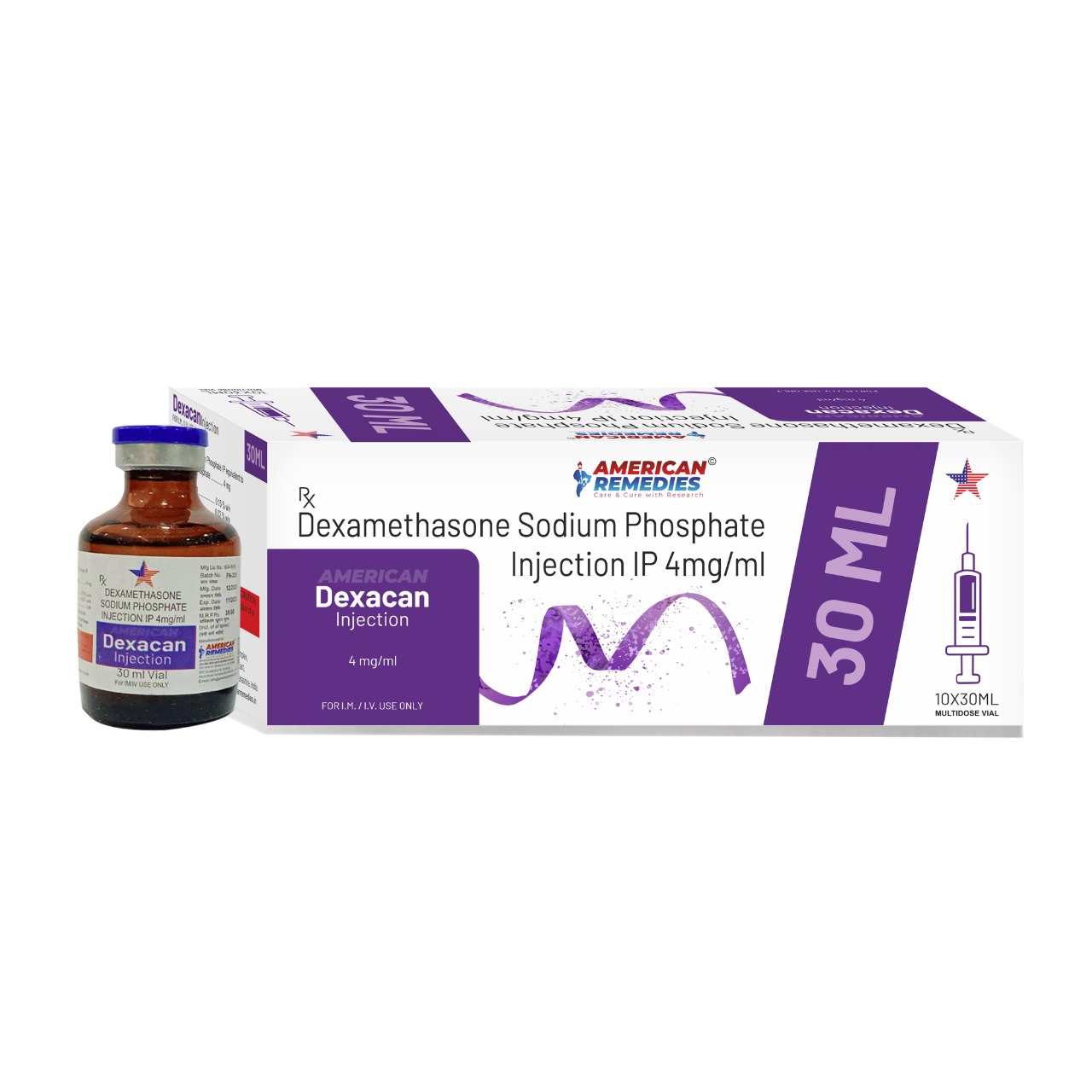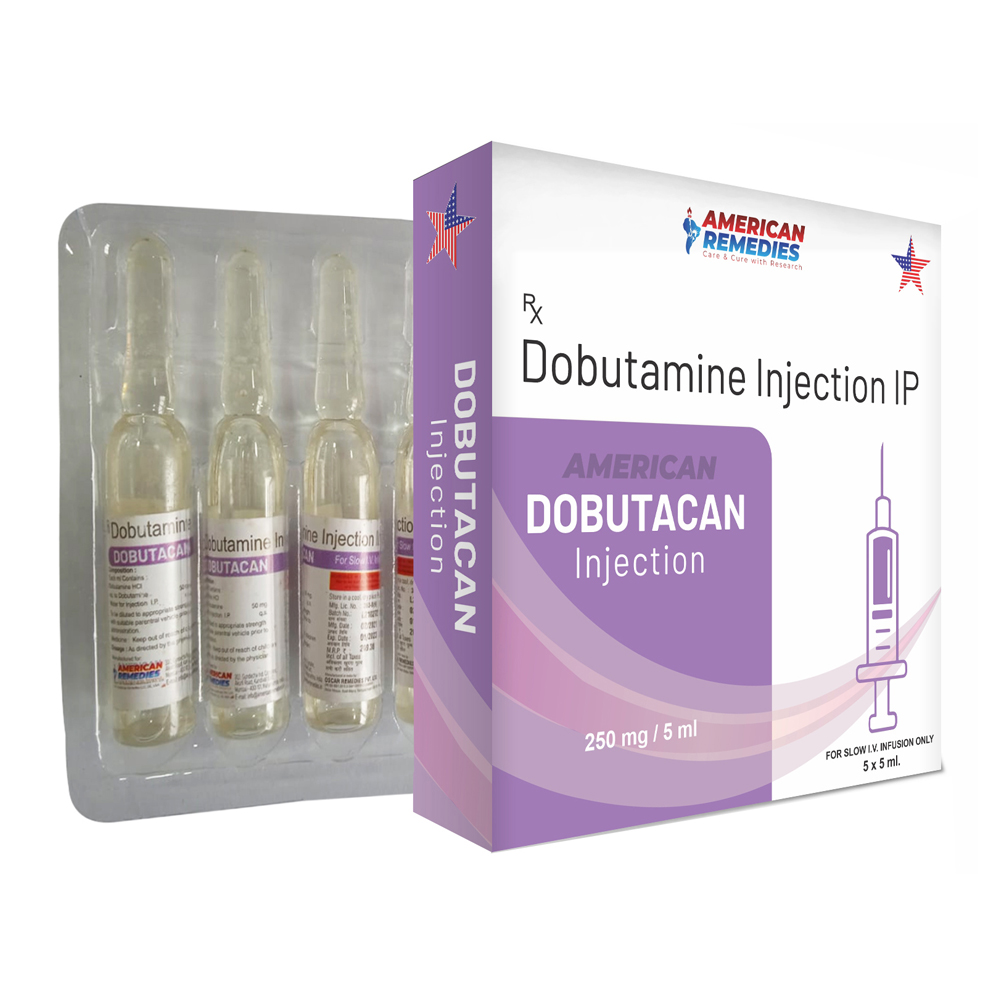Tobi (Tobramycin Ophthalmic Solution) is a prescription antibiotic eye drop used to treat bacterial infections of the eye. It contains 0.3% tobramycin, a broad-spectrum aminoglycoside antibiotic effective against various gram-positive and gram-negative bacteria. ________________________________________ ✅ Primary Uses • Bacterial Conjunctivitis: Infection of the conjunctiva (the membrane covering the white part of the eye and the inner surface of the eyelids). • Blepharitis: Inflammation of the eyelid margins, often associated with bacterial infection. • Keratitis: Infection of the cornea. • Post-surgical Infections: Prophylactic treatment or management of infections following eye surgeries. Tobramycin ophthalmic solution is typically used alone or in combination with other medications, depending on the severity and type of infection . ________________________________________ 💊 Dosage and Administration • Standard Dosage: Instill 1–2 drops into the affected eye every 4 hours during the day. • Severe Infections: In some cases, the dosage may be increased to 2 drops every hour, as directed by a healthcare provider . • Application Tips: o Wash hands before use. o Avoid touching the dropper tip to any surface, including the eye, to prevent contamination. o If wearing contact lenses, remove them before applying the drops and wait at least 15 minutes before reinserting them. ________________________________________ ⚠️ Precautions and Contraindications • Contraindications: • Hypersensitivity to tobramycin or any component of the formulation . • Cautions: o Use with caution in pregnant or breastfeeding women; consult a healthcare provider before use . o Prolonged use may lead to the development of resistant bacteria. o Should not be used in children without medical supervision. ________________________________________
Send Message